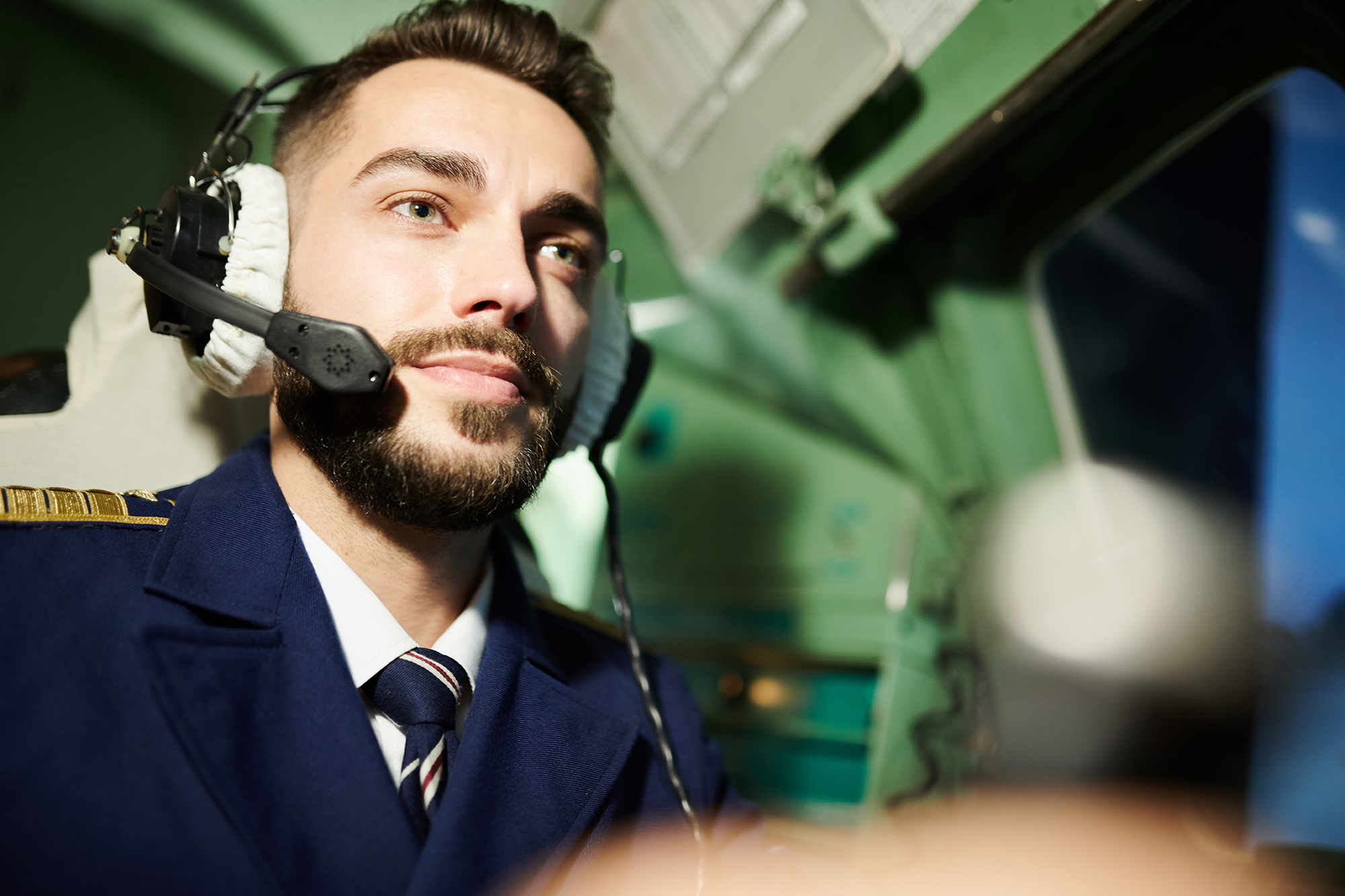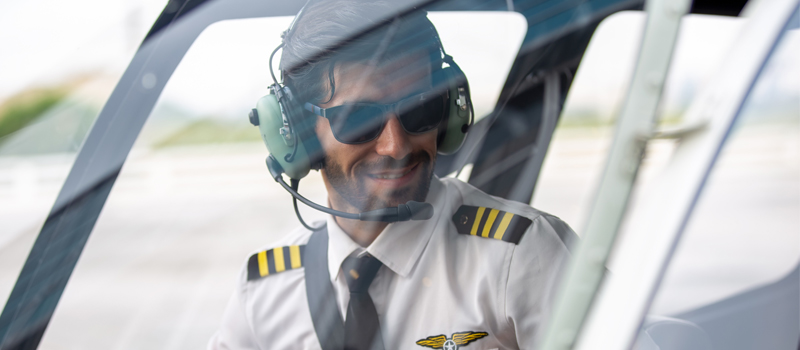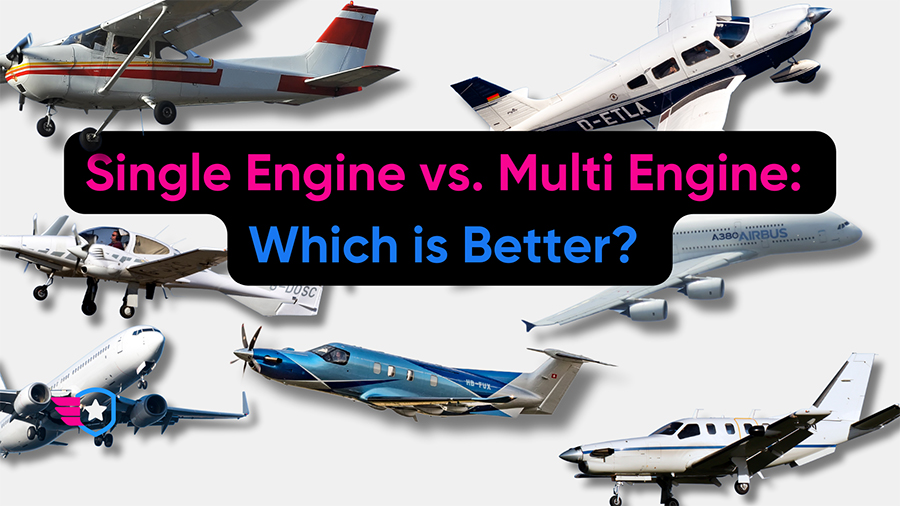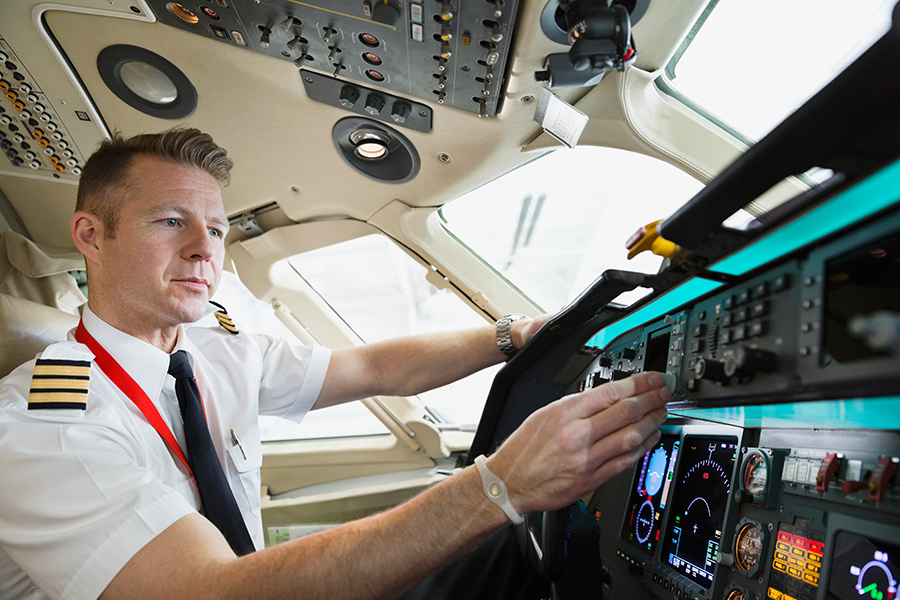-
What is LASIK?
-
How Does LASIK Work?
-
How is Vision Measured?
- Airplane News Update
-
Vision Requirements for Pilots
- Airforce Vision Requirements
- Army Pilot Vision Requirements
- For the Navy:
- For the Marine Corps:
- Federal Aviation Administration Vision Requirements
-
How Effective is LASIK?
-
Is LASIK Safe for Pilots?
-
Conclusion
LASIK surgery has become a widespread surgery since its inception in the late 1990s. The treatment has restored vision to millions of people without complications. As pilots, however, our vision is of utmost importance. Therefore, it is essential to understand the benefits, risks, and legal implications that LASIK surgery may have on your flying career.
In this article, we’ll explain what LASIK is, the view the FAA and US Military has on LASIK, and if it should be a consideration for pilots.
What is LASIK?
LASIK (which stands for Laser-Assisted Intrastromal Keratomileusis) is a form of laser vision correction. LASIK is used to correct typical vision problems such as astigmatism, nearsightedness (myopia), and farsightedness (hyperopia).
LASIK was first approved in the United States by the Food and Drug Administration (FDA) in 1998. Since then, the procedure has evolved to become more efficient and safer. Since its inception, over 10 million Americans have undergone the procedure, making it the most popular vision correction procedure available.
Not everyone is a candidate for LASIK surgery, and you will have to undergo an eye examination to determine if you are eligible to receive the surgery.
How Does LASIK Work?
LASIK corrects refractive errors of the eye. A refractive error prevents light from being correctly focused on the retina, which causes the following vision problems:
- Hyperopia: a condition where light is focused behind the retina, causing farsightedness. Approximately 40% of Americans are hyperopic.
- Myopia: a condition where light is focused in front of the retina, causing nearsightedness. Approximately 30% of Americans are myopic.
- Astigmatism: a condition where an irregular curvature of the cornea results in light that cannot be focused onto the retina. Approximately 60% of Americans have some type of astigmatism.
LASIK was developed from a procedure called Photorefractive Keratectomy (PRK), a less efficient procedure with a longer healing time, which also uses an excimer laser.
A microkeratome (a machine used to make precise cuts) and an excimer laser are used for the LASIK procedure. During the procedure, the microkeratome slices a thin flap from the top of the cornea, a portion of which stays attached. This flap is folded, and the excimer laser is used to reshape the front layers of the cornea. The flap is then returned to its original position and reattached.
How is Vision Measured?
Visual acuity is measured using a Snellen chart that contains letters that progressively become smaller.
“Normal” vision is 20/20, which means that the subject can read the same letters on the chart at 20 feet that a person with normal vision can read at 20 feet.
Vision that is less than average, e.g., 20/40, means that the subject sees letters at 20 feet that a person with normal vision can see at 40 feet.
A common misconception is that 20/20 vision is “perfect” vision, but this is not the case. A person with better than normal vision, e.g., 20/15, can see letters at 20 feet that a person with normal vision can only see at 15 feet. Scores lower than 20/10 are exceedingly rare.
With 20/40 vision, you can receive a driver’s license in all 50 states. With 20/80 vision, you can read newspaper headlines, and with 20/200 vision, you are legally blind if you cannot correct your vision with contacts or glasses.
Vision Requirements for Pilots
Whether corrected or uncorrected, vision requirements vary between the civilian industry and different US military branches, each enforcing different rules concerning LASIK surgery.
Airforce Vision Requirements
- Normal color vision
- Uncorrected near visual acuity of 20/30 or better
- Uncorrected distance visual acuity of no worse than 20/70 in each eye
- Corrected distance visual acuity of 20/20 or better
- Miscellaneous requirements related to refraction, accommodation, and astigmatism
The Air Force allows LASIK surgery for all pilots.
Army Pilot Vision Requirements
- Uncorrected visual acuity of 20/50 or better in each eye
- Corrected visual acuity of 20/20 or better in each eye
- Standard field of vision, color vision, and depth perception
The US Army allows LASIK surgery for all pilots.
Navy and Marine Corps Pilot Vision Requirements
For the Navy:
- Uncorrected distance visual acuity of 20/100-20/400 or better in each eye, depending on the service class
- Corrected distance visual acuity of 20/20 or better in each eye
- Corrected near visual acuity of 20/20 or better in each eye
- Anisometropia must not exceed 3.50 diopters in any meridian
- Normal oculomotor balance, field of vision, color vision, depth perception, and intraocular pressure
For the Marine Corps:
- Uncorrected distance visual acuity of 20/200 or better in each eye
- Corrected distance visual acuity of 20/20 or better in each eye
- Corrected near visual acuity of 20/20 or better in each eye
- Limitations on type and strength of glasses prescription
- Normal field of vision, color vision, and depth perception
If you have received refractive surgery, you will be disqualified from joining the United States Marine Corps and Navy; However, waiver requests are reviewed on a case-by-case basis, and applications for waivers are allowed for aviation candidates.
Federal Aviation Administration Vision Requirements
For the ATPL (Arline Transport Pilot License) and the CPL (Commercial Pilot License):
- Distance visual acuity of 20/20 or better in each eye, with or without correction
- Intermediate visual acuity of 20/40 or better in each eye, with or without correction
- Near visual acuity of 20/40 or better in each eye, with or without correction
- Color vision
For the PPL (Private Pilot’s License):
- Distance visual acuity of 20/40 or better in each eye, with or without correction
- Near visual acuity of 20/40 or better in each eye, with or without correction
- Color vision
Before flying again, the FAA requires that the Aerospace Medical Certification Division (AMCD) reviews a report by your doctor or an Aviation Medical Examiner (AME) that states that you have not experienced any complications from the surgery. After the AMCD receives the report, you can resume flying duties unless informed otherwise.
Most US airlines require six weeks of rest before returning to duty, with some airlines requiring 12 weeks. These requirements may differ drastically between airlines, so make sure you contact your airline directly.
How Effective is LASIK?
The effectiveness of LASIK depends on your ocular health and the extent of the refractive error that you experience. The majority of people (over 90%) who are eligible and receive LASIK achieve at least 20/20 vision.
People with mild nearsightedness generally experience the most significant benefit from LASIK. Persons who experience a high degree of nearsightedness, farsightedness, or astigmatism have a lower chance of substantial success.
Is LASIK Safe for Pilots?
Although no surgery is 100% safe, LASIK has historically been a safe and effective procedure, with serious complication rates of less than 1%. The most common complications arise from the corneal flap not attaching correctly (which may require future surgery to correct) and night glare, when lights appear to cause more glare and have increased halos.

The recovery time for LASIK is short, with patients returning to “normal activities” after 24 hours of rest.
Pilots have special vision requirements, and complications arising from the surgery that may not be an issue to a regular individual can severely impact visual performance in the air.
For example, take night glare, the most common initial side effect of LASIK surgery (approximately 1 in 50, or 2%). Night glare usually, but not always, reduces within a couple of months. Night glare significantly impacts night flying operations, however, where bright lights are encountered during critical phases of night flights such as takeoff and landing and in the flight deck. Night glare can seriously reduce a pilot’s night vision capabilities.
Less than 1% of FAA medical certificates are denied due to side effects from LASIK procedures. This is statistically very low and will only further improve as LASIK surgery improves, but this is something to consider before undergoing the procedure.
Remember, you only have one set of eyes. If this procedure is suitable for you, make sure you find a reputable and highly experienced ophthalmologist, and do not cut corners trying to find the “best deal.” Consult with them and ask questions about your situation specifically, as you may be at less or more significant risk of complications from the surgery.
Conclusion
LASIK surgery can improve your quality of life, particularly as a pilot, where uncorrected eyesight is vital (especially in the military). As with any surgery, there are slight chances of complications, and there will be a mandatory period of required rest.
You must consider how this surgery could affect your career, both positively and negatively. Understanding the risks and the benefits is crucial before electing to undergo the procedure.
Find an experienced ophthalmologist, and consult them extensively, making sure they understand that your pilot license requires you to meet high visual acuity standards. Consult your Aviation Medical Examiner (AME) and your employer before taking the leap, too.
If you can afford it or your health insurance covers it, this surgery may be the perfect way to ensure you keep flying for many more years. If the risk is too significant for you or the cost too high, your glasses or contacts may be more than sufficient for the future.


 @pilotinstituteairplanes
@pilotinstituteairplanes


